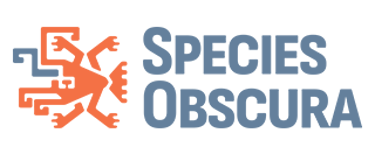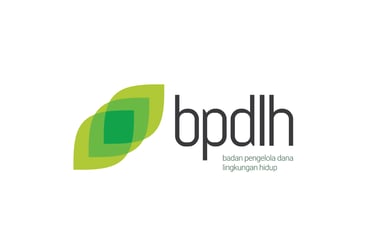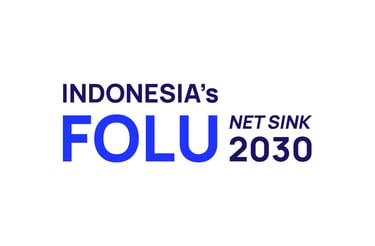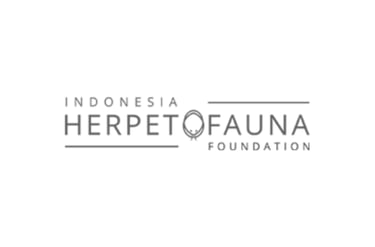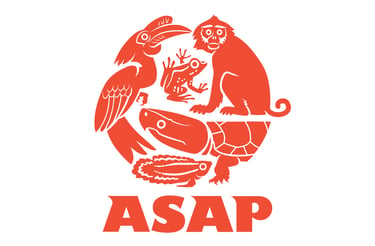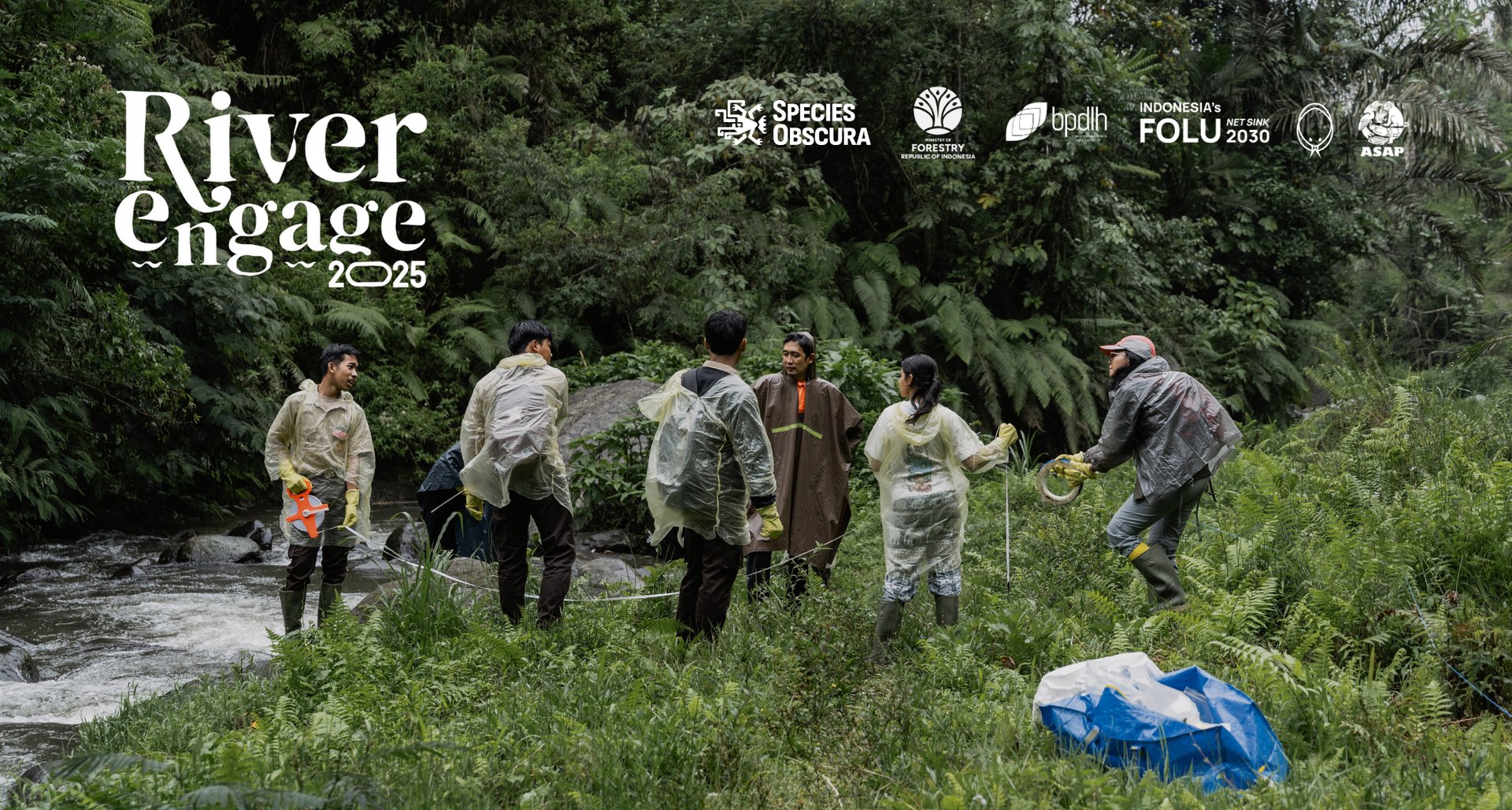

RIVER ENGAGE 2025
11-15 NOVEMBER 2025
petang, bali, indonesia
Rivers are vital habitats for humans and other animals. Historically, the River Valley Civilization, that began around 4000-3100 BC in places such as the Nile and Tigris, marked the beginning of the Neolithic or Young Stone Age, in which humans began to manipulate and modify their environment to cultivate crops, and abandoned the style of migratory life and hunting. To this day, we see big cities living along the river's lines - like New York (Hudson), Paris (Seine), London (Thames), Bangkok (Chao Praya), and Denpasar (Ayung), because it would be difficult to live without water. With a growing human population and a high demand for rivers, we share this valuable resource with other species, such as reptiles and amphibians. Their role for the ecosystem is diverse, one of which is controlling rats and mosquitoes. Unfortunately, one of the direct interactions between us and them is the contribution of our waste being carried away, or deposited on the riverbanks. Understanding and sharing how to understand the impact of our waste in the riverbank to the lives of many species will improve our collective knowledge in the dynamics of riparian ecosystem, and in the long run helps us to formulate best strategy of river restoration.
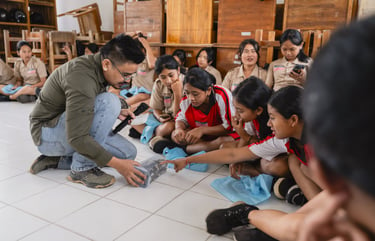

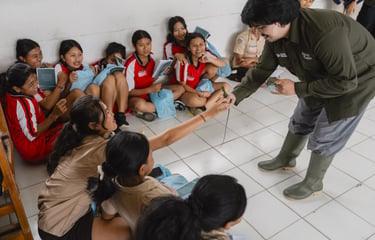




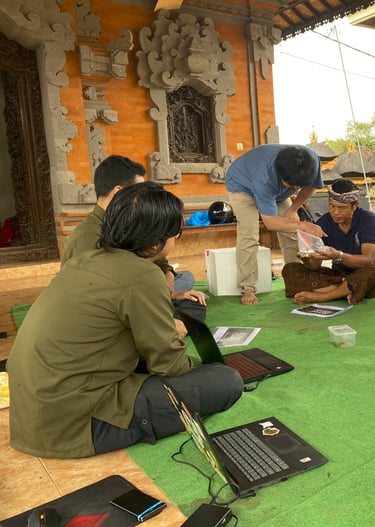
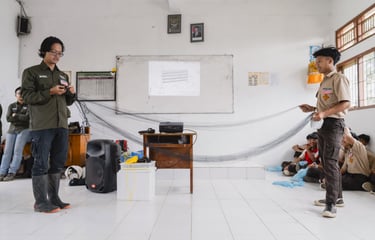

River Engage is a collective event that connects local residents to scientists, conservationists, and artists to get together for their river through science.
Continuing its first event in 2022, this year, Species Obscura and Indonesia Herpetofauna Foundation will deliver a comprehensive survey workshop, authority engagement, and clean-up. This year's River Engage is piloting a new education approach called Place-Based Learning — a method that connects learning directly with the local environment. Local students who live around the habitat got to explore their ecosystem and biodiversity firsthand. They learned how nearby river ecosystem works and how to use and interact with the ecosystem in more sustainable ways. Recent studies in education show that this approach works especially well in areas rich in biodiversity, where direct exposure can be more impactful than traditional classroom lectures.
Fifty students and 6 village representatives in total received materials about and were showcased a set of local specimens of fish, arthropods, herpetofauna, and mammals that we collected for three days prior the event. Some are important bioindicators for the riparian ecosystem. In addition, they also got the opportunity to try the macroplastics survey method in the field and made the connection of human behaviors' impact to their river's biodiversity. Through our psychological measurements, it was found that this activity significantly improved students' biodiversity knowledge (especially fish and mammals), river ownership, and intention to be involved in river restoration effort.
River Engage 2025 is supported by:




SPECIES HIGHLIGHT
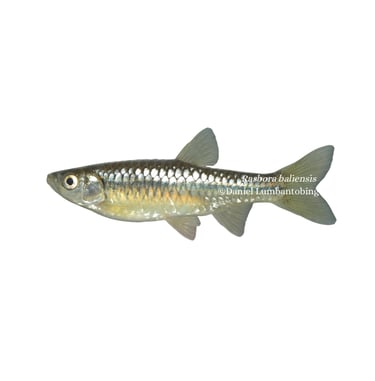


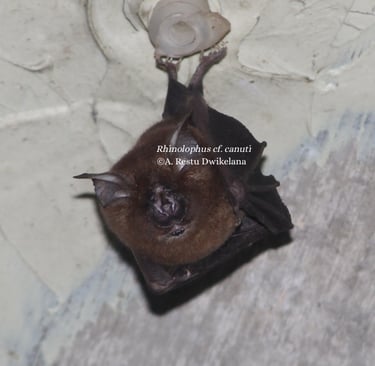
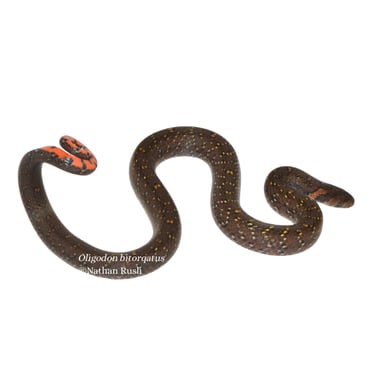


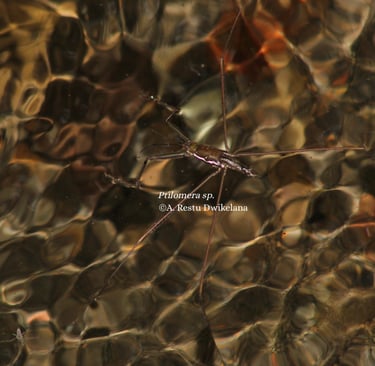



Contact Us
Jl. Duren 1 No.2 RT003/RW009 Depok, Jawa Barat 16434, Indonesia
© 2024 Species Obscura Registered Non-profit Nomor AHU-0001312.AH.01.04.Tahun 2025
Privacy Policy
